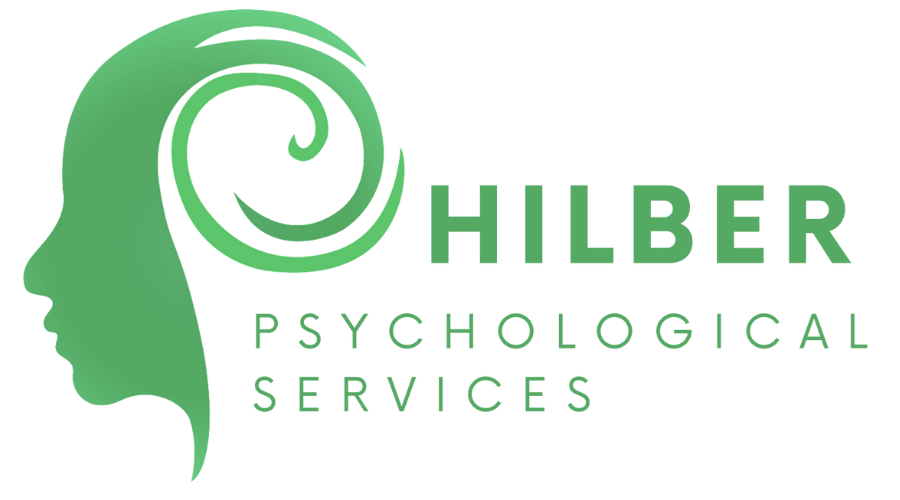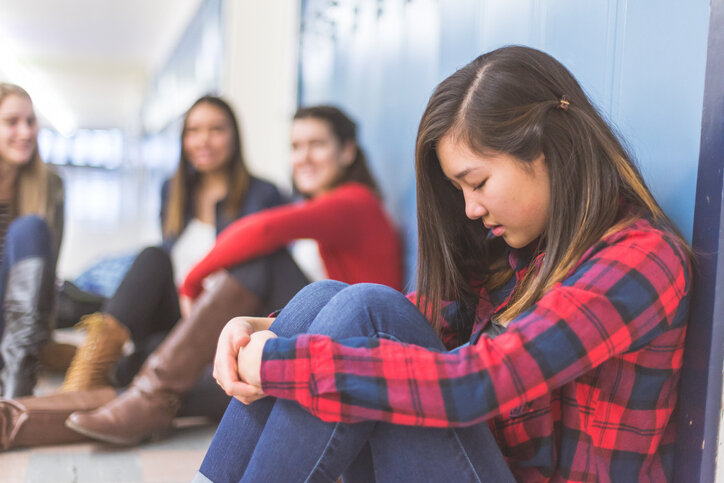In the article “How to Encourage Girls to Lift Each Other Up, Instead of Tearing Each Other Down,” written on A Mighty Girl blog, Katherine describes ways that parents can lift their children up in ways that will not only improve their self-esteem but also help them with their friendships. She denotes that girls are too often taught they have to view other girls as competition or as a threat rather than an ally. Additionally, Caroline Adams Miller, a psychology expert and the author of Getting Grit, states that "It’s not half the room raising their hands — it’s 100 percent of the women" that say they feel like they are getting more torn down by other women rather than men. In order to fix this self doubt, Katherine proposes that girls should be taught to be confident in themselves and build empowering friendships that will encourage and support one another.
Katherine elucidates that the reason why most girls feel the need to compete against one another is the fear of missing out on opportunities. She explains that a recent survey by Plan International USA revealed that in regards to opportunities within the school’s sports and leadership arenas that “30% of teenage girls felt they had fewer opportunities.” Girls tend to infer that once they have lost one opportunity they will never get the chance to try to get it again.
This is when parents and educators should step in to ensure that girls remain confident and not let it hurt their self-esteem. As girls enters their tween years, it is important to keep a close watch on how they are feeling. In detail, watch their body language to see if they are getting down on themselves. This could be because they don’t feel good enough for themselves based on what other girls are doing and saying to them. A girl’s mental state is her own worst enemy. In the article, Amy Cuddy, a social psychologist and author of Presence: Bringing Your Boldest Self to Your Biggest Challenges, clarifies that feeling "powerlessness can be really dangerous and make it hard to know who to trust." While on the other hand, "feeling powerful activates what we call the behavioral approach system and makes us more optimistic, generally happier, and more confident and willing to take risks." She suggests that showing girls images of confident women will inspire them to stand in strength as well.
In order to lift your child’s spirits up, it’s important to encourage your child to join a team or a group activity, such as a club or performing arts group, that they find interesting so that they can enjoy something that they love to do with others who experience the same. If girls are paired up with other girls who have similar interests, then they will automatically feel closer to them. After this, they can begin to build a friendship based on the shared experiences.
Another way that girls can help lift each other up is by using social media in a positive way. Furthermore, girls can use social media to hype each other up by commenting on pictures or celebrating one another's achievements. This will not only boost their self-esteem but also make them feel noticed in society. Katherine demonstrates that “this is a good way to start a positive cycle of encouragement and shift social media exchanges away from a fixation on appearance.”
With the help of parents, teens can feel noticed and confident enough to put themselves out there knowing that they will not be put down. Teens and tweens may be more likely to feel confident to take opportunities that arise or even create opportunities for themselves. For more information on how one can encourage your child, please contact us. For more information on therapy services at Hilber Psychological Services to help you tween or teen gain more confidence and self esteem, contact us.
- Written by Lily Schmitt and Tanya L. Hilber, PsyD
Reference
Kristine. “How to Encourage Girls to Lift Each Other Up, Instead of Tearing Each Other Down.” A Mighty Girl. Web. 26. June 2019. https://www.amightygirl.com/blog?p=21168





